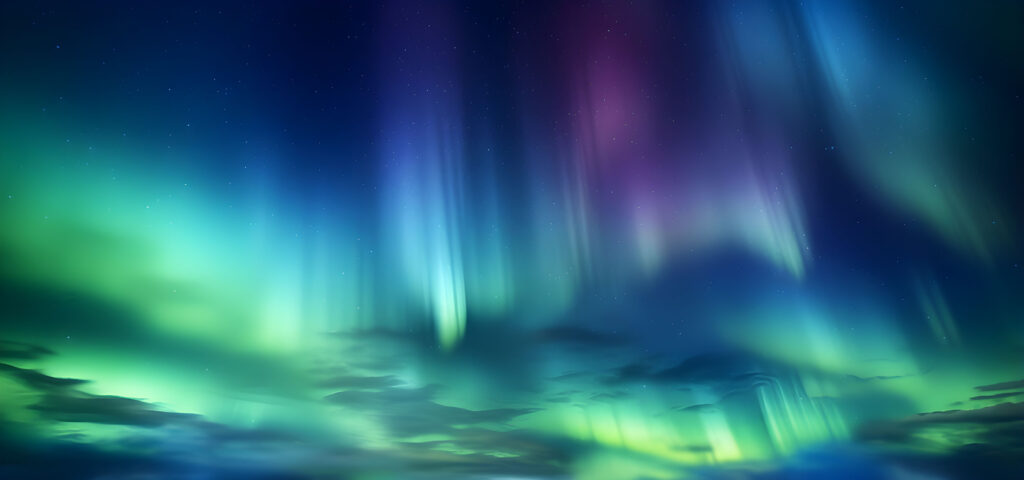Absolut System is proud to be participating in the AURORA-D mission as Prime of the AOSI payload (Aurora Oval Spectro-Imager). Leading the international consortium dedicated to the development of this innovative instrument, Absolut System is contributing its expertise in the development of high-tech projects by providing the payload, optical systems know-how, thermo-mechanical design and in-flight data acquisition and pre-processing software.
As prime contractor for the development of the Aurora optical spectral imager, Absolut System is working with the Franco-Polish consortium comprising Pyxalis and KP Labs. The AOSI instrument, developed by Absolut System, is a miniaturised hyperspectral camera that uses sensors in the visible range to map the polar and southern aurora. Thanks to its ability to capture detailed spectral images, AOSI enables accurate and comprehensive analysis of the light phenomena of the aurora, making a significant contribution to research and understanding of the interactions between the solar wind and the Earth’s magnetosphere.
The Absolut System payload is an interferometric imaging spectrometer based on Imaging Spectrometer on Chip (IMSPOC) technology, capable of obtaining high-resolution auroral spectra in the visible range.



